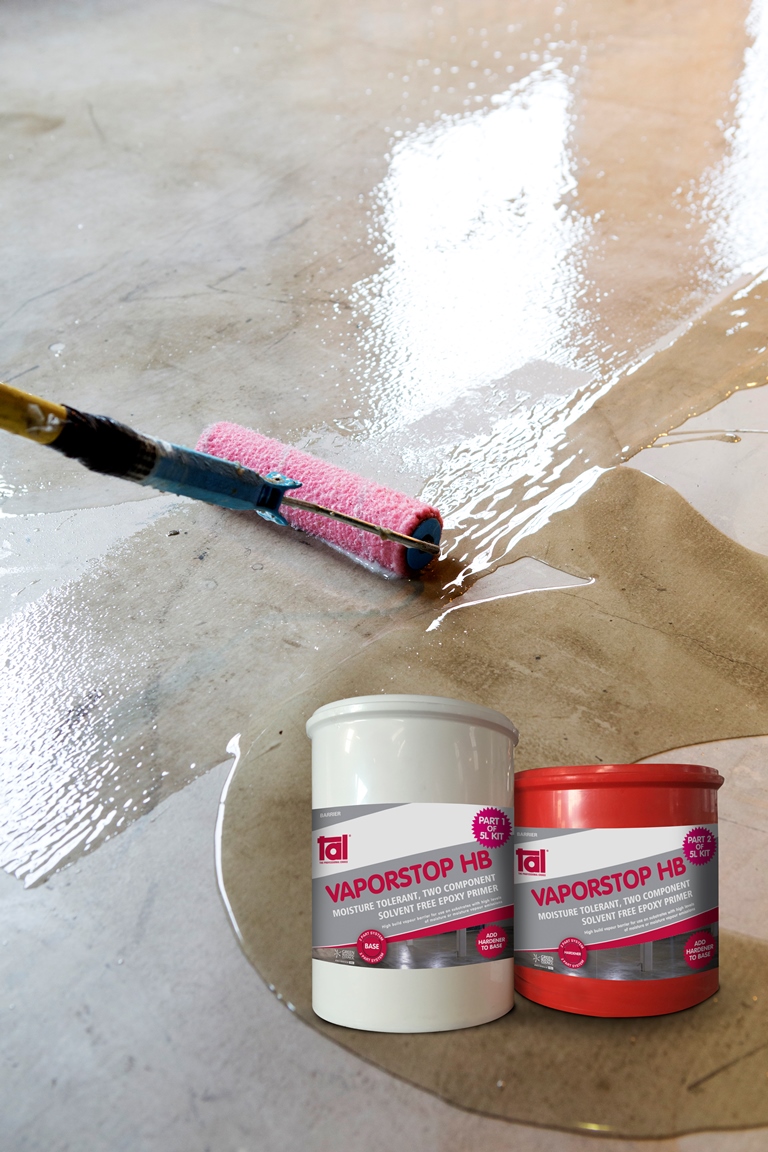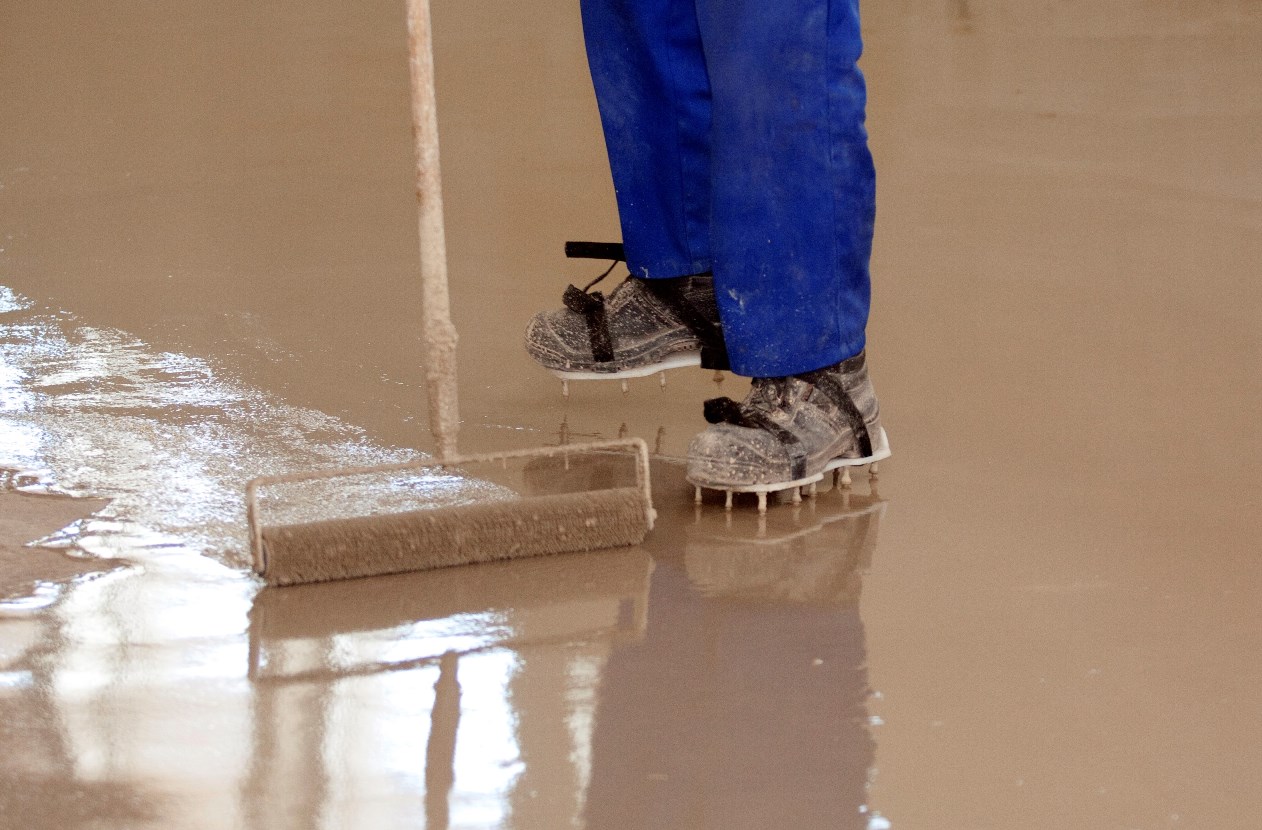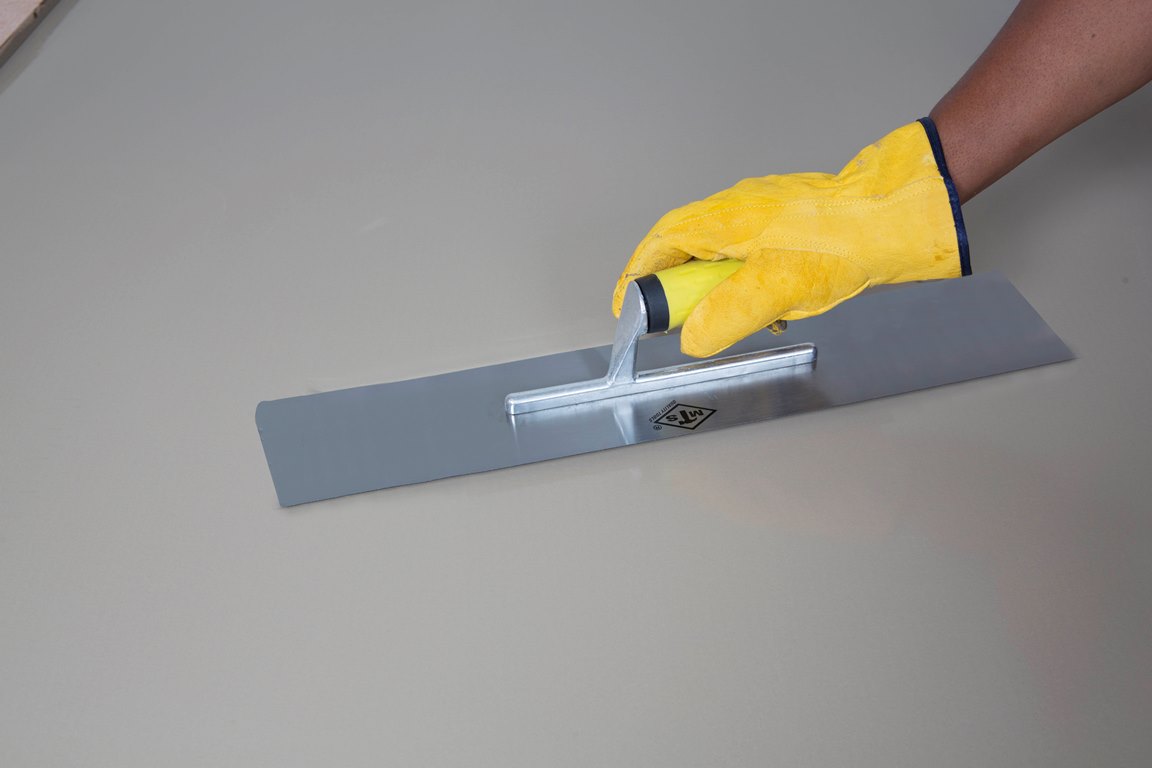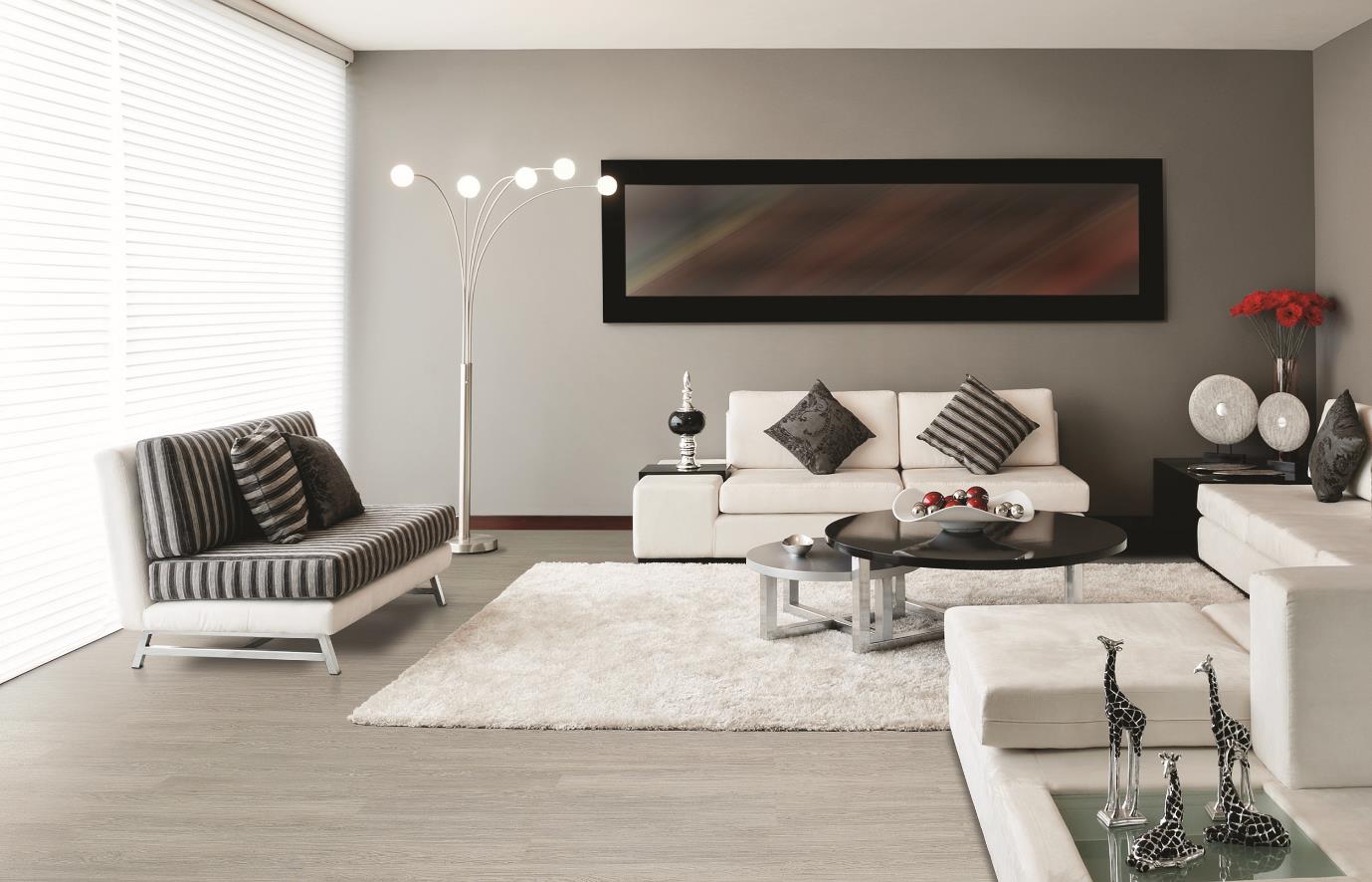3 key consideration when planning a home installation of vinyl flooring
Vinyl flooring is a popular choice of floor covering for commercial spaces such as hospitals, schools and universities but more recently, luxury vinyl tiles have also enjoyed a revival for use in home décor. It must be noted that a DIY installation of vinyl flooring requires the skills of an experienced DIYer, when in doubt, consult a trained flooring installation professional.
Before installing vinyl flooring in your home, you need to address the following 3 key considerations which will affect the success of your finished floor covering. The old adage of getting it right the first time is especially important here to avoid the expense of a failed installation.
Moisture levels in the substrate
Excessive moisture in the substrate, or high moisture vapour emission rates, will most certainly result in an installation failure, i.e. the vinyl flooring ‘bubbling’ or pulling away from the substrate.
Moisture testing of the substrate should be done before beginning the project, by means of a M.V.E.R. (Moisture Vapour Emission Rate) test. The results must be within the vinyl flooring manufacturer’s recommended level before the flooring can be installed.

If there is no damp-proof membrane below a surface bed, or if moisture levels do not attain the recommended levels, a suitable moisture, or vapour barrier such as TAL VaporStop HB should be applied to the surface. This will prevent the passage of water vapour and moisture through the concrete slab into the underlayment compound and vinyl flooring layers.
It can also happen that the moisture content of a concrete substrate can fluctuate according to the season, so we highly recommended that a vapour barrier be installed even if the floor appears to be dry.
Substrate preparation
The substrate must be sound, smooth and level. Vinyl floor coverings will suffer from surface imperfections or a poor aesthetic appearance if the floor below is not perfectly smooth and flat.
There are two ways to level a surface, either a self-levelling or a trowel-applied underlayment.
Self-levelling Underlayment

TAL Screedmaster is a self-levelling underlayment. Please note that application of this product requires some skill and ideally a suitably experienced contractor should install this type of underlayment.
Trowel-applied Underlayment

TAL Superscreed is a trowel-applied underlayment, better suited to DIY Application. However, this type of compound tends to leave trowel marks. These ‘highs’ in the surface will need to be ground down before installing the vinyl covering.
Once the underlayment has cured, floor level surveys and moisture testing must again be carried out to verify the substrate is suitably prepared to receive the selected floor covering. The vinyl flooring can then be installed, using an appropriate adhesive in accordance with the manufacturer’s instructions.
Expansion gaps
Most vinyl flooring calls for allowances to be made for movement in the installation. Correct allowances must be made for expansion all around the walls, door frames, etc. This requires the use of the right tools to successfully install the flooring. Consult with the manufacturer of the vinyl flooring to confirm what is needed.
[Back]
blog comments powered by Disqus


